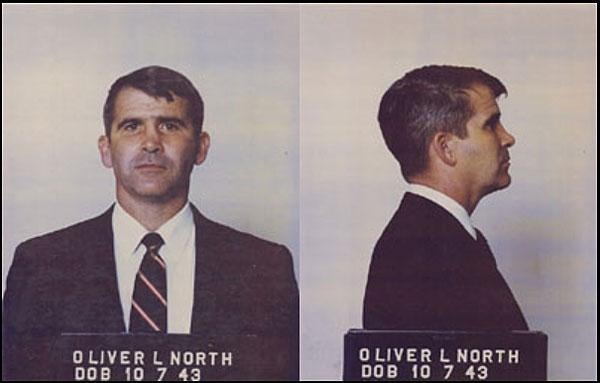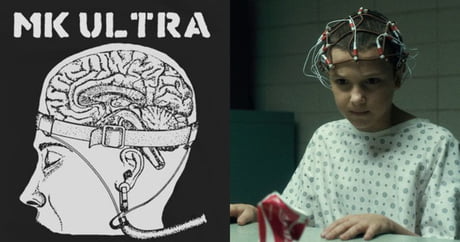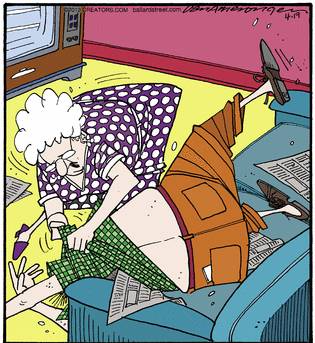Conspiracy Theories: Belief, Doubt, and the Power of Asking Questions
Good evening everyone:
I don’t know about you, but I’m still smiling about Maria Rosario Jackson’s nomination. She will be phenomenal at the NEA. She will be a wonderful ambassador for the work to which Kresge is committed. And, when confirmed, she will be the first African American and Mexican American to run the Endowment.
I just read a headline that had nothing to do with Maria, but was too enticing to pass up: “Will you fall into the conspiracy rabbit hole? Take the Quiz and find out.” It was written by David Byler and Yan Wu and published in the Washington Post. Interactive Survey on Conspiracy Theories.

It opens by saying: “A team of researchers recently showed several thousand Americans a list of 20 common conspiracy theories and asked if they believed them. These included false conspiracy theories about the John F. Kennedy assassination, 5G cellular wireless technology, Barack Obama’s birth certificate, covid-19 and climate change. The result: Nine in 10 Americans believed in at least one conspiracy theory.”

Feeling smug? So was I. The five theories above wouldn’t fool any Kresge-ite. But not so fast. Let me reproduce a couple to see how we do.
Theory 1: Jeffrey Epstein, the billionaire accused of running an elite sex trafficking ring, was murdered to cover up the activities of his criminal network.
Theory 2: During Ronald Reagan’s presidency, government officials secretly and illegally sold weapons to Iran and used the money to fund Nicaraguan revolutionaries.
Theory 3: The U.S. government secretly dosed Americans with LSD in an attempt to develop mind control technology.
#1: If your answer was Yes, half of Americans agree with you. If your answer was No, half of Americans agree with you. But it is indeed a conspiracy theory.
#2: Sorry, less ambiguity here. If your answer was “No,” you are incorrect. The Reagan administration did, indeed, engage in this particular form of conspiracy. Several members of the administration were convicted and later pardoned by President George H.W. Bush.

#3: Don’t be outrageous. Next thing, you’ll accuse them of locking people in rooms with tin-foil on their heads to receive UFO transmissions. Whoops, number 3 is actually true. The article points out that the effort was called MKUltra, and terminated only in the 1970’s.

The authors suggest that every compelling conspiracy theory has three components: (1) it focuses on powerful people + (2) using deceitful or shadowy means + (iii) to benefit themselves or harm the public. And the calculus is most often applied to issues about which people have relatively little direct knowledge – science, foreign affairs, clandestine government bureaucracies, philanthropy.
The formula can describe a real dynamic – hence #2 and #3. But far too often, it does not – hence, the avalanche of completely bizarre stuff that we read about every day. Indeed, as we’re unfortunately seeing with unfailing regularity and persistence, sometimes the more outrageous, hurtful, and dark the theories, the greater their updraft into significant portions of the public. QAnon and Satanic sex traffickers? Ballots being stuffed into boxes and shredded? Any takers?

The article concludes that even the most reasonable and curious among us can get swept into the rabbit hole. We all would be well-advised to exercise some objectivity – and interrogate our sources. And maybe even be kind to significant others who find themselves being swept along.

The Rapsons are in a bit of a
dust-up over the evening news
Rip